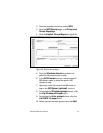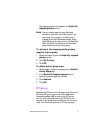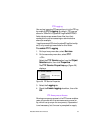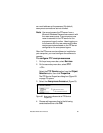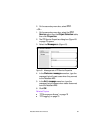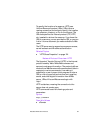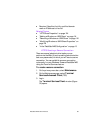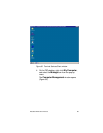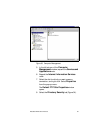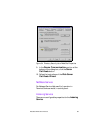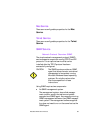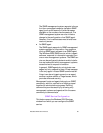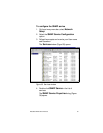DataSafe NAS User’s Manual 84
To specify the location of a resource, HTTP uses
Uniform Resource Locators (URLs). URLs follow a
naming convention that uniquely identify the location
of a computer, directory, or file on the Internet. The
URL also specifies the Internet protocol (FTP, HTTP,
etc.) needed to retrieve the resource. If you know the
URL of a resource, you can provide the URL, or you can
link to it from a document you make available to Web
users.
The HTTP server service supports anonymous access,
as well as basic and Windows authentication.
Related Topics
n “HTTP Share Properties” on page 124
Network Protocol Overview: HTTP
The Hypertext Transfer Protocol (HTTP) is the Internet
protocol used by World Wide Web browsers and
servers to exchange information. The protocol defines
what actions Web servers and browsers should take in
response to various commands, thus making it
possible for a user to use a client program to enter a
URL (or click a hyperlink) and retrieve text, graphics,
sound, and other digital information from a Web
server. URLs of files on Web servers begin with
http://
HTTP is stateless, meaning the connection to the
server does not remain open.
HTTP commands have the following syntax and
parameters:
Syntax
http://sDomain
Possible Values
n sDomain



